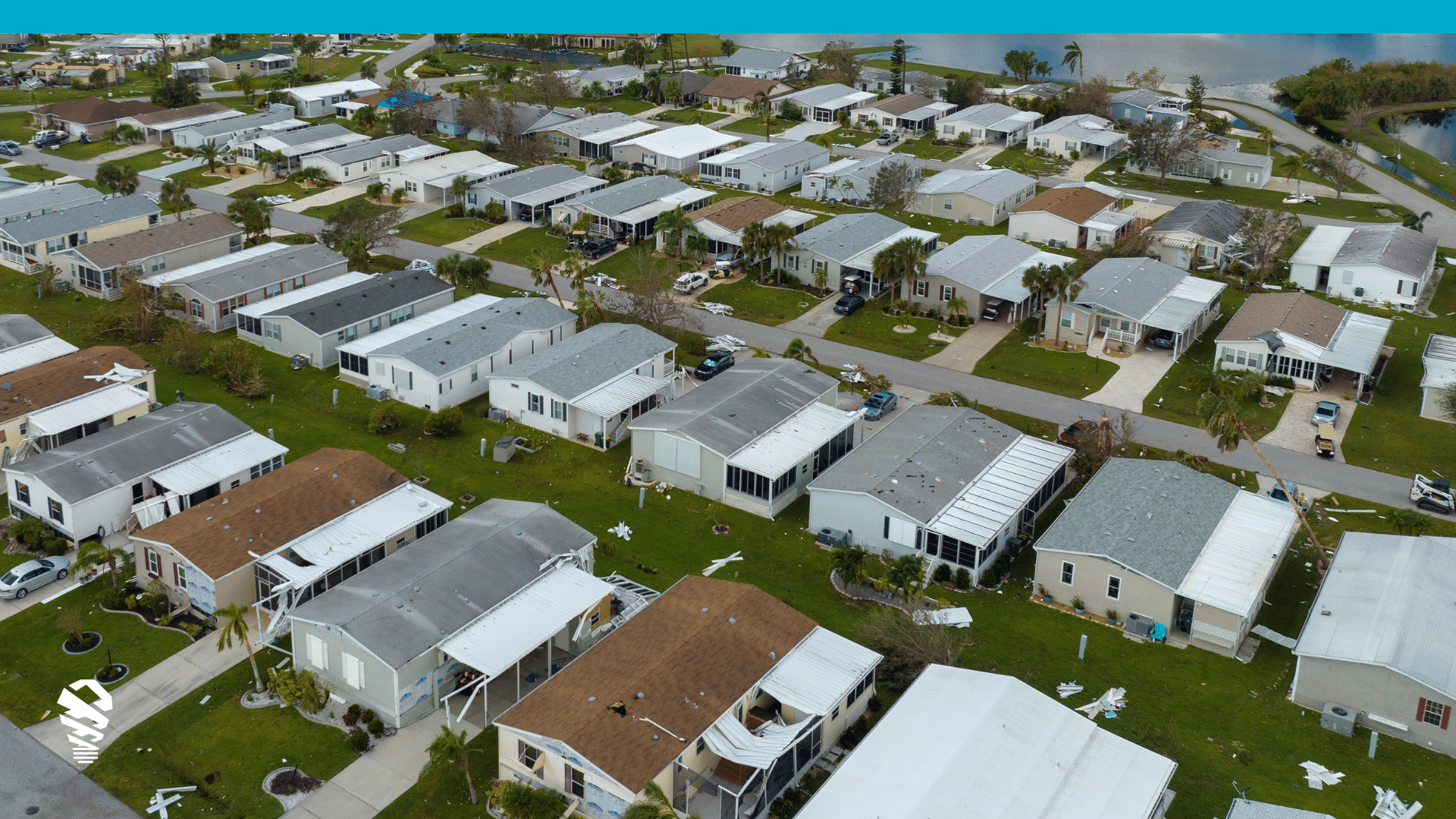We’re most of the way through June and well into hurricane season – it’s a hectic time for insurance carriers and their customers. Last year, Hurricane Harvey did billions of dollars in property damage. While hurricanes are never a good thing, it’s important for insurers to prepare an effective catastrophe response so they’re prepared for a worst-case scenario. Here are a few actions you can take to prepare.
Have a Drone Solution
Drone solutions are an excellent preemptive measure to help insurers respond to natural disasters like hurricanes. If you’re thinking of adding drones to your arsenal, here are a few things to look for:
- Automated flight – The best drone solutions will have automated flight instead of manual flight. Automated flights complete scans faster with less effort to capture the perfect imagery.
- Cloud-Based App – Ideal drone solutions use a cloud-based app for flight planning, monitoring progress, generating reports and more. Cloud technology gives adjusters and others within the organization access to the data regardless of whether they’re in the field or at the office.
- Artificial Intelligence – Artificial intelligence and deep learning tools are great in the hands of an adjuster because it can detect damage human eyes might miss, and it speeds up the whole analysis process.
- Integration with workflows – When selecting a drone solution in anticipation for hurricanes, tornados, or any other natural disaster, it’s important for the solution to integrate with estimating platforms you already use.
- Affordability – Some solutions can cost $30K or more and that can make scaling up a workforce a big challenge. Solutions like these are overkill when there are viable drone solution options that offer cutting edge technology that can double an adjuster’s output for just a few grand.
Have Enough Drones
If there’s a big hurricane like Harvey or Irma, insurance carriers may need to get ahold of a few more drones to handle the inevitable increase in volume of claims and damaged property. If a carrier purchases drones through a third party, getting a few more is a simple process if they get them ahead of time. Once enough drones are the disposal of a carrier, a strategy for managing a fleet of potentially hundreds of drones needs to be a priority. This strategy should include keeping track of inventory, managing assignments, tracking flight information, and a thorough maintenance schedule.
Have Enough Pilots
Hurricanes bring high claim volumes to insurance carriers. In extreme cases, a hurricane can damage thousands of homes. It might be difficult to get more pilots, so carriers would be wise to position their trained pilots near areas where the hurricane is projected to deliver damage. If a carrier is having a hard time getting pilots trained and positioned to respond or if they’re just too busy, there are services available that provide on-demand drone-based inspections to help gather data and even fully adjust claims.
Conclusion
Hurricane season is far from easy for insurance carriers and their customers. Preparation efforts can present a lot of obstacles. With drone tech from the right vendor, insurance carriers can have some peace of mind knowing they have the best technology at their finger-tips to respond to a natural disaster and serve their customers.


![How to Measure a Roof With a Drone [Updated April 2023]](https://www.lovelandinnovations.com/wp-content/uploads/2024/04/How-to-Measure-a-Roof-With-a-Drone-Updated-April-2023.png)




